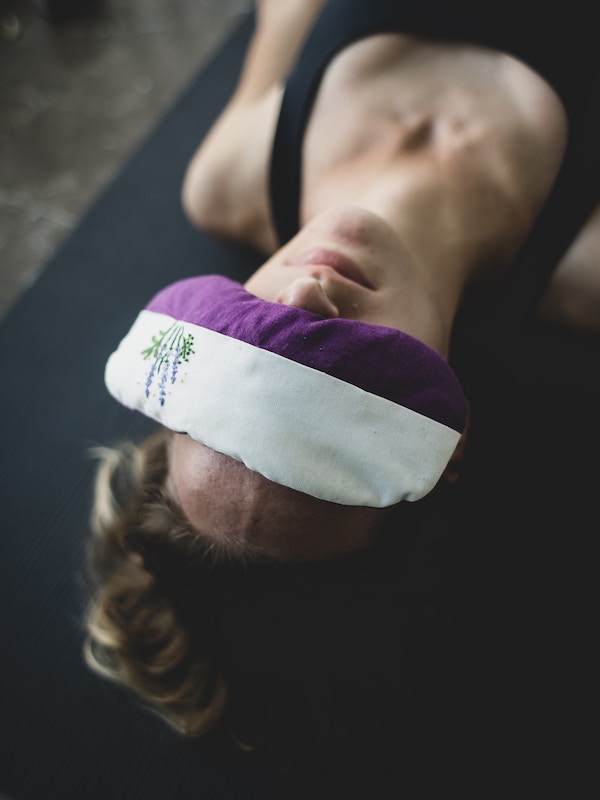Yoga Therapy Through Ashtanga
Yoga Therapy Through Ashtanga
There are a variety of reasons why we are drawn to the different types of yoga offered in today’s society. For some, it could be as simple as wanting to get enough exercise to sustain a healthy lifestyle. For others, it could be a way to reduce stress and anxiety, and for others it could be a form of therapy for both the body and the mind.
The Ashtanga system of yoga from the Jois family is a Hatha Yoga tradition. In his book, Yogasana Cikitsa Bhaga, Yoga Therapy, Manu Jois emphasizes therapeutic yoga postures for a healthy lifestyle, especially during these modern times. It incorporates yoga and different breathing techniques aimed at energizing and revitalizing the body, as well as mudras and bandhas (locks) to stabilize the energy and the mind. According to Manju, the Primary Series is first mastered to stabilize the health of the student.
When offering Ashtanga as a form of Yoga Therapy restrictions are reduced and the healing of each individual becomes the focus. In fact, Asanas found in Ashtanga are practiced for their healing and medicinal qualities, but they can also be used outside of the traditional sequences as well to increase the benefits. One of the purposes of practicing Ashtanga is to increase the well-being in oneself and to share this well-being with others.
One of the closing chants Mangala Mantra reminds us of how we are all connected and at our deepest core, would like all beings to be well.
Om swasti prajabhaya paripalayantam/nyayena margena mahim mahisah/go brahmanebhyay, subhamastu nityam, lokah samastah sukhino bhavantu//
May it be well with the protector of the progeny on earth,
And let them lead with intelligence for a peaceful earth,
May it be well with the connection between us and permanence.
May it be well with all beings everywhere.
(translation Greg Tebb)







Recent Comments